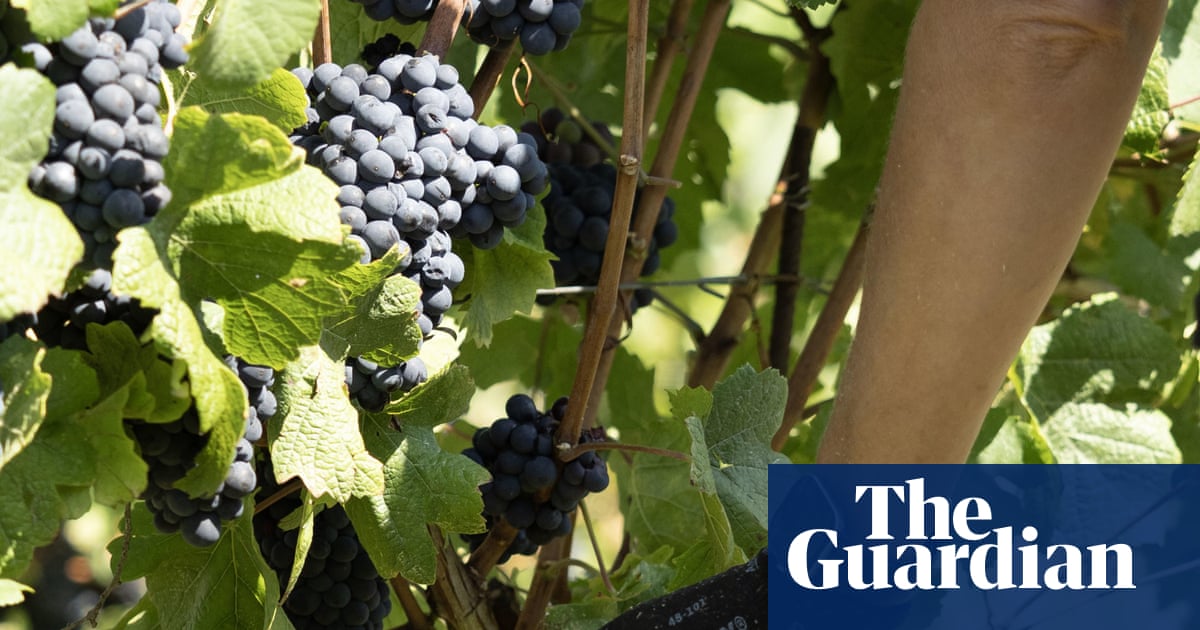Each month has its weather folklore, and according to one old saying: “When it rains in August, it rains honey and wine.”
Historically, vineyards were not irrigated, and some winemakers believe natural rainfall is needed to keep the all-important terroir characteristic of a particular area. Irrigation increases the grape yield, potentially quadrupling the weight per hectare, but supposedly reduces wine quality. Similarly drought years are sometimes said to produce the best vintages.
So a wet August may significantly increase the quantity of wine produced, though arguably at the expense of the quality. In a dry year, late rain may keep vines alive and save a threatened grape harvest, as happened in Bordeaux in 1995.
As for honey, the heavy rainfall typical of August thunderstorms is not favourable for bees. Heavy rain can damage flowers, and rain may wash nectar away or dilute it. Prolonged rain keeps bees in the hive and prevents them from foraging.
However, moderate steady rainfall improves plant growth and boosts nectar production. Perhaps more importantly, August rain can extend the blooming season for some flowers. This gives the bees more time to collect nectar and make more honey.
skip past newsletter promotion
The planet’s most important stories. Get all the week’s environment news – the good, the bad and the essential
Privacy Notice: Newsletters may contain info about charities, online ads, and content funded by outside parties. For more information see our Privacy Policy. We use Google reCaptcha to protect our website and the Google Privacy Policy and Terms of Service apply.
after newsletter promotion
Much weather folklore is doubtful at best. But the idea that August rainfall increases wine and honey output does seem broadly plausible.

